1. Analytical method to evaluate injury to passengers in a train collision
- An analytical method was developed to evaluate injury to passengers occupying transverse seating on a train, in case of a train collision.
- A human body FE model was designed making it possible to evaluate injury for a range of railway vehicle interior characteristics.
- This method makes it possible to propose vehicle structures and interior furnishings which will minimise personal injury to passengers.
With a view to designing measures to reduce passenger injury in the case of a collision, for example in the case of a level crossing accident, a method was developed accurately reproduce the state of passenger injuries during an accident.
The full carbody finite element model including interior furnishings such as seats and partitions was built, in order to consider the impact acceleration inside the passenger vehicle in case of an accident. Next, to gain insight into passenger behavior in case of an accident, crash-test dummies were placed in transverse seating arrangement for impact tests (Fig.1) and an analytical method was produced to evaluate the state of injury of the passengers in the transverse seats. On comparing the results from the analytical model analysis and the test, the kinematic motion and the state of injury found on the dummy models showed good agreement (Fig.2). There is a limit to the number of collisions directions that can be analysed using dummy models, and it is therefore difficult to obtain an evaluation covering all the actual passenger positions, and sitting postures. A FEM of a human body (human body model) was therefore constructed in order to be able to perform a comprehensive injury evaluation regardless of the position of a passenger (Fig.3). Following on, the human body model and the crash dummy normally used for head-on collision tests were placed in frontal, diagonal and sideways position to a transverse seat table, and the collision analysis was performed (Fig.4). Comparing the largest chest injury index outputs revealed that injuries when the dummy model was diagonal or sideways on to the table were underestimated using the analytical model, however, results were sufficient to confirm that the human body model could actually be used in evaluating the effects of a collision from any angle (Fig.5).
This study shows that by combining the train collision analysis using the full carbody vehicle model with interior furnishings and the passenger behavior analysis it is possible to propose vehicle structures and interior furnishings with a view to reducing passenger injury in case of collision.
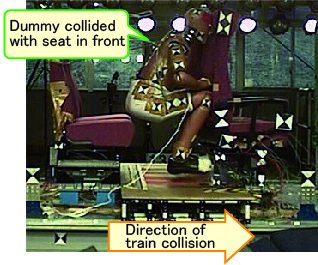
Fig.1 View of collision test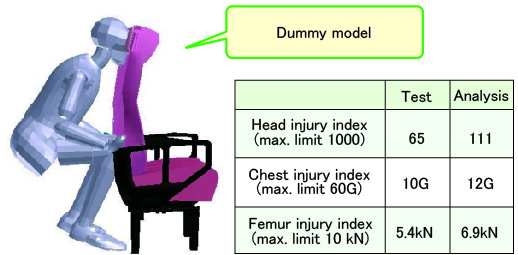
Fig.2 Comparison of injury indices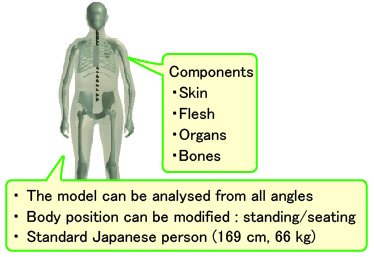
Fig.3 Features of human body model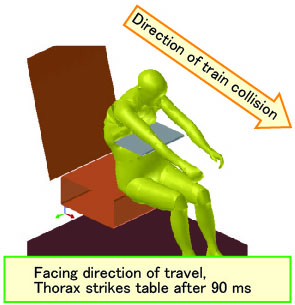
Fig.4 Collision analysis using human body model
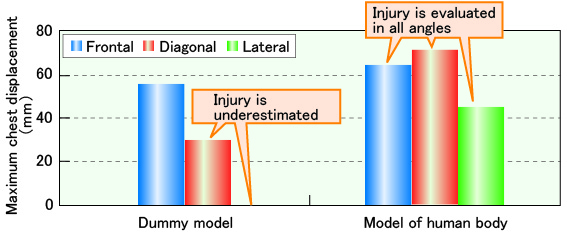
Fig. 5 Comparison of maximum chest displacement